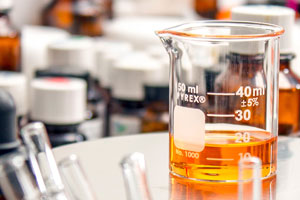A study has found that the levels of three compounds in e-liquid emissions were hugely lower than those reported in a previous study, according to a ScienceDirect.com story relayed by the TMA.
The replication study, conducted by a team of researchers led by Dr. Konstantinos E. Farsalinos at the Onassis Cardiac Surgery Center and the University of Patras in Greece, is scheduled to be published in the May edition of the journal Food and Chemical Toxicology.
It tested three e-liquids from a previous study (in standard and sweetened versions) using the same device and puffing patterns, and found a 589-fold decrease in the levels of formaldehyde (8.3–62 μg/g), acetaldehyde (12.1–26.0 μg/g) and acrolein (5.4–19.4 μg/g) from those reported as part of the earlier study.
The earlier study had identified aldehyde emissions up to 10,000-times higher in flavored e-liquids than in unflavored e-liquids.
But the latest study found that aldehyde emissions from all flavored e-liquids were 79.0–99.8 percent lower than those associated with smoking.
And they were lower than commonly measured indoor levels and occupational and indoor safety limits.
The researchers said the devices tested emitted very low levels of aldehydes, and that while some flavorings might contribute to aldehyde emissions, the absolute levels were minimal.
Emissions reassessed











